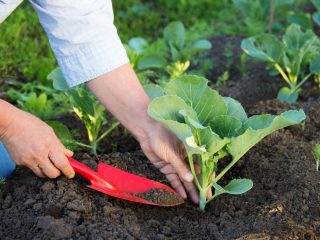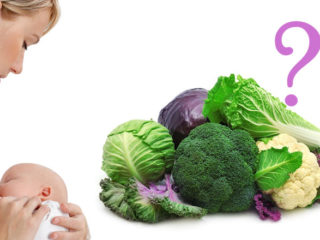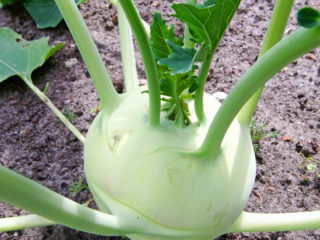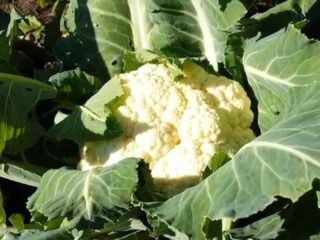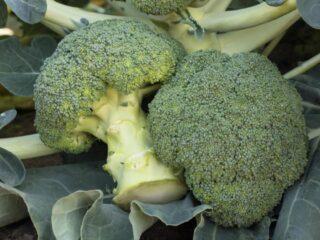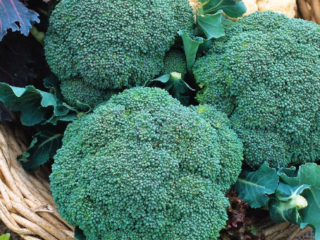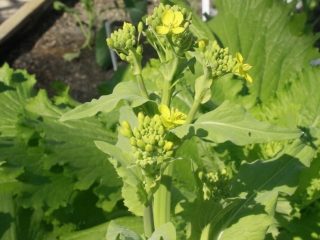Content
Savoy cabbage cannot boast of record yields, but it is characterized by increased resistance to negative external influences. Contrary to popular belief, the crop is not characterized by “capriciousness” and demanding care, so it can be recommended to novice gardeners. However, you cannot do without studying the important nuances of agricultural technology: including, you need to know how and when to plant Savoy cabbage for seedlings.
Timing for planting Savoy cabbage seedlings
The timing of sowing depends on the severity of the climate in a particular region and the time it takes for the selected variety or hybrid to ripen the heads of cabbage. In temperate climates, seeds of early varieties are planted closer to mid-March, mid-season varieties - after 8-10 days, mid-late and late varieties - in early April.
In climatic conditions less favorable for gardening, you will have to wait about two weeks to sow the seeds. In the southern subtropical regions, on the contrary, the dates are shifted back by about the same amount, and planting begins earlier.
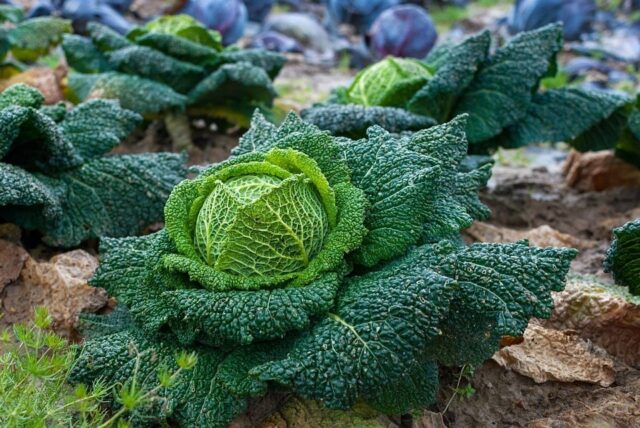
Before planting Savoy cabbage for seedlings, you must study its varietal characteristics
Planting Savoy cabbage for seedlings
In the homeland of the culture, the climate is significantly milder than in Russia (with the exception of the southern regions). Therefore, gardeners prefer to pre-grow Savoy cabbage seedlings at home.
Soil preparation
Seeds can be planted in universal seedling soil or peat tablets. A self-prepared substrate that combines looseness and nutrition will also suit her. The simplest option is to mix approximately equal amounts of fertile high turf, peat chips and coarse sand, adding a little sifted wood ash (about 1 tbsp per liter).
“Homemade” soil must be disinfected. To be on the safe side, you can do the same with store-bought substrate. The most popular methods are “freezing” on the balcony, “frying” in the oven, pouring a solution of potassium permanganate, any fungicide or boiling water.
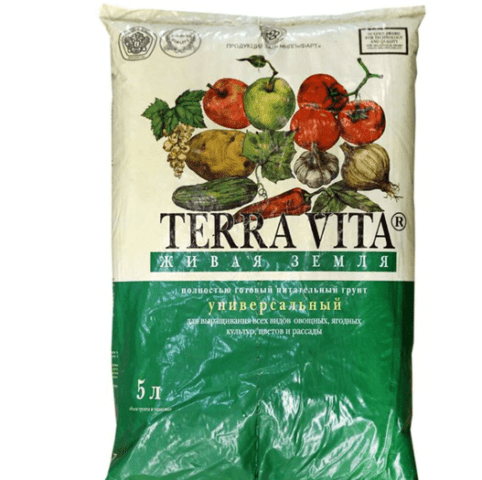
Store-bought substrate is additionally “enriched” with fertilizers
Selection of capacity
In principle, any container is suitable for seedlings of Savoy cabbage. However, it must be taken into account that its seedlings are quite fragile, and any mechanical damage leads to a slowdown in their development or death.Therefore, to avoid the picking stage, it is recommended to plant them in individual pots, plastic cups, and peat tablets.
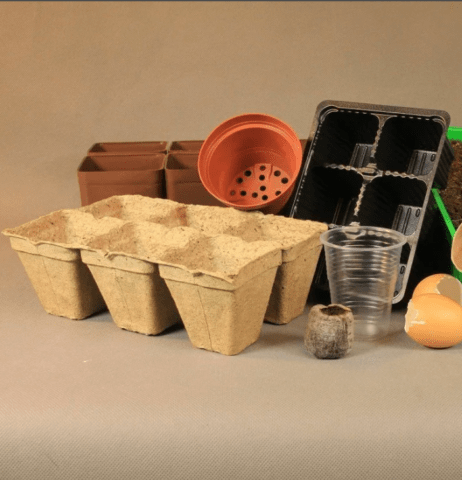
When growing a large number of Savoy cabbage seedlings, the seeds are sown in boxes and containers, divided into separate cells
Seed preparation
Before sowing Savoy cabbage for seedlings, the seeds are checked for germination. To do this, they are filled with “brine” (15-20 g/l). Seeds without an embryo are much lighter, so they float to the surface within 7-10 minutes.
Like any cabbage, Savoy cabbage is susceptible to fungal diseases. For prevention, before planting, seeds are pickled for 15-20 minutes in a solution of any fungicide. A pinkish solution of potassium permanganate is also suitable for disinfection, but here the processing time increases to 45-60 minutes.

Only the “colored” seeds of Savoy cabbage do not need to be treated - they have already been treated with fungicides by the manufacturer
Next, to speed up the emergence of seedlings, the planting material is soaked in a biostimulant solution for at least 12 hours. Both store-bought drugs (Epin, Heteroauxin) and folk remedies (aloe juice, honey, succinic acid) are suitable.

Biostimulants have a positive effect not only on germination, but also on the overall endurance of plants, the volume and quality of the harvest
Immediately before sowing, some gardeners practice “shock therapy”. But this is an optional stage in the preparation of Savoy cabbage seeds.First, they are immersed in hot (45-50 °C) water for 15 minutes, then put in the refrigerator for a day. The seeds are sown as soon as they dry to a free-flowing state at room temperature.
Scheme for sowing Savoy cabbage for seedlings
If the seeds are planted in common containers, they are placed at a depth of about 1 cm. They are laid out in grooves or individual holes at intervals of 1.5-2 cm. The recommended row spacing is 3-4 cm.
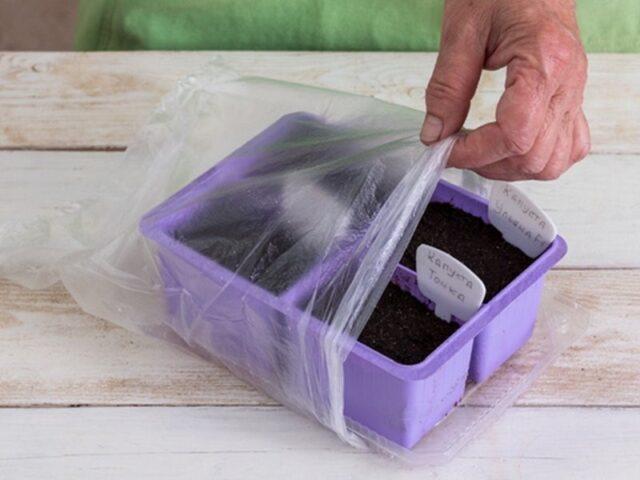
The seeds must be sprinkled with a thin layer of soil and watered moderately
Seedling care
Savoy cabbage seedlings do not require any specific care. The conditions of its maintenance also do not differ from those necessary for seedlings of other garden crops.
Temperature and lighting
Shoots of Savoy cabbage appear quite quickly and “harmoniously” - a week after planting or even a little earlier. During this time they are kept warm (24-28 ° C). To prevent temperature changes, the containers are covered with glass and cling film, turning them into a “greenhouse”.
In the first week after germination, savoy cabbage seeds are kept cool - about 8 °C at night and no more than 10-12 °C during the day. This will prevent the seedlings from stretching excessively. Then the seedlings require more comfortable conditions with virtually no temperature changes: 18-20 °C in the dark and 20-22 °C in the light.
Until sprouting, containers with Savoy cabbage seeds are kept in a dark place. As soon as they germinate, the seedlings are provided with 12-14 hours of daylight.In most Russian regions, natural light is not enough, even if you place containers on the windowsill of a window facing south or southeast - this applies to both its intensity and the duration of daylight hours.
Therefore, the seedlings have to be illuminated. Special phytolamps are best suited for this, but you can also use fluorescent and LED ones.

Lamps are placed above containers with savoy cabbage seedlings at a height of 20-25 cm at a slight angle
Watering
Savoy cabbage seedlings will not tolerate either constant waterlogging of the soil or prolonged “drought”. In the first case, fungal diseases quickly develop (the “black leg” is especially dangerous); in the second, the above-ground part turns yellow, withers and dies. Therefore, the substrate must be constantly maintained in a moderately moist state, allowing only the surface layer to dry. Optimal indicators for it: soil humidity at 70-75% and air humidity at 80-85%.
Before the savoy cabbage sprouts, the soil is sprayed with a fine spray bottle. To reduce the air humidity in the “greenhouse”, it is opened daily for ventilation for 7-10 minutes. Seedlings are watered in any way that avoids water getting on the plants. Its drops, as well as high air humidity, sharply increase the risk of rot development.

15-20 minutes after watering, carefully loosen the soil, this promotes normal air exchange
Picking
Picking is required only if Savoy cabbage seedlings are grown in a common container. It is carried out after the formation of one true leaf, using the same substrate as for sowing seeds.
About an hour before picking, the soil in a common container is well watered. The seedlings are removed one at a time with a spoon or a special spatula along with a lump of earth on the roots, trying to touch the plant as little as possible.
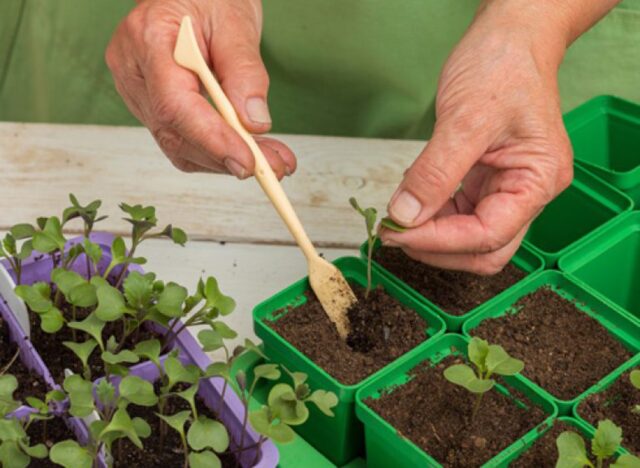
In the new container, the seedlings are buried deeper into the soil than before, down to the lower (cotyledon) leaves.
Immediately after picking, savoy cabbage seedlings are watered moderately. Until she begins to grow, she is provided with warmth (23-25°C) and protection from direct sunlight.
Hardening
Hardening off Savoy cabbage seedlings before planting in the ground greatly facilitates their adaptation to a changed environment. Seedlings begin to grow and develop faster. The procedure lasts approximately two weeks.
They start by opening the window for 3-5 hours a day or taking containers with seedlings to a glazed balcony or loggia. Then they are moved outside during the day, gradually extending the time spent outside the house. In the second week of hardening, they are already left to “sleep” on the balcony.
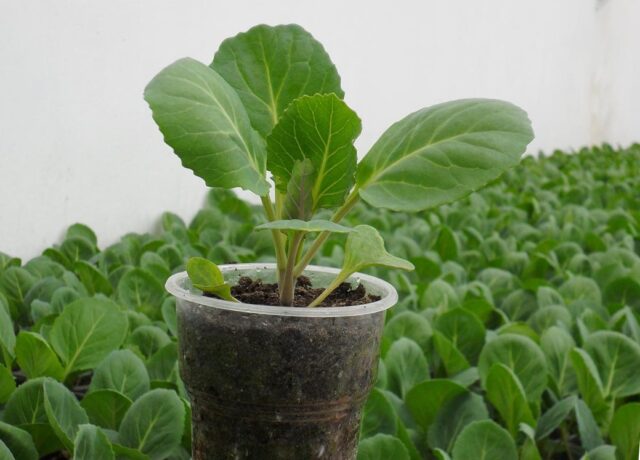
Savoy cabbage seedlings spend the last 2-3 days before planting completely outdoors
Planting seedlings in open ground
Seedlings of early Savoy cabbage are transferred to the garden bed at the age of 45-50 days, mid- and late-ripening ones - 35-45 days. By this time it has grown to 12-20 cm in height and has 4-6 true leaves. Approximate dates in temperate climates are the first days of May and the last ten days of April, respectively.
The location for the garden bed is chosen in advance, taking into account the requirements of the crop:
- Good illumination with protection from direct sunlight during the hottest time of day.
- Access to fresh air with simultaneous protection from cold drafts.
- Soil that combines fertility with “lightness” (sandy loam, loam, soddy-podzolic soil). The culture will definitely not take root in clayey, silty, sandy or rocky, saline substrate.
- Neutral or slightly acidic soil pH (6.0-7.0).
- Compliance with crop rotation rules. Places where any Cruciferous plants (other varieties of cabbage, radishes, radishes, watercress) grew last season are excluded. Suitable predecessors are all spicy greens, nightshades, legumes, onions, garlic.
The bed for Savoy cabbage is prepared in the fall, carefully digging, removing plant and other debris, and applying fertilizer. Approximately 3-5 days before planting, the soil is once again loosened well, holes are formed, observing the placement pattern in the garden bed recommended for this variety or hybrid. The general rule is 35-40*55-60 cm for early-ripening varieties and 50-55*65-70 cm for mid- and late-ripening varieties.
The approximate depth of the hole is 8-10 cm, but it depends on the quality of the substrate. The “lighter” it is, the more you need to deepen the roots of Savoy cabbage seedlings.Before planting, the hole is well watered. Fertilizers are optionally placed at the bottom (about a handful of humus and 1 tsp of complex fertilizer for cabbage), as well as folk remedies that repel pests and destroy pathogens (wood ash, onion peels, eggshells).
Savoy cabbage seedlings are transferred to the garden bed using the transshipment method, along with a lump of soil on the roots. The easiest way is if the seeds were planted in peat pots - the seedlings do not need to be removed from the container.
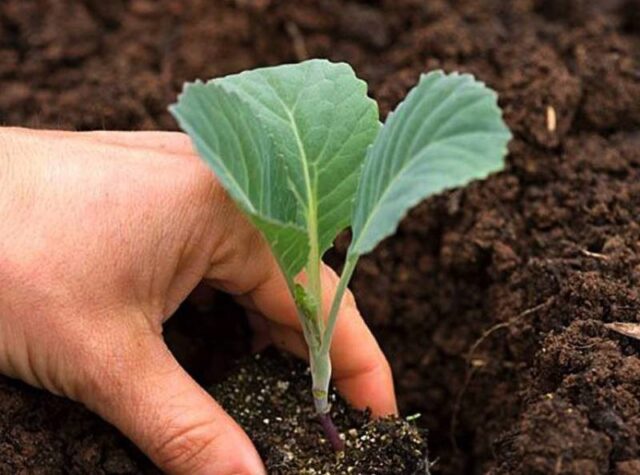
Having filled the holes with soil and compacted it, water the seedlings moderately and mulch the bed
Conclusion
Planting Savoy cabbage as seedlings is the choice of the vast majority of gardeners; it is extremely rarely grown by “direct” sowing of seeds in the ground. The procedure as a whole follows a standard algorithm for many crops, but there are also important nuances that need to be learned in advance, otherwise there is a real risk of losing the future harvest already at the seedling stage.
